
Beijing ZEHO Waterfront Ecological Environment Treatment Co., Ltd. was established in 1997 and is positioned as an "urban waterfront space operator". It is a national high-tech enterprise and a Beijing enterprise technology center.The company has been deeply engaged in the field of ecological environment for 27 years, with the concept of sustainable development at its core and guided by Nature-based Solutions (NbS). It has established three major business segments: ecological environment governance, ecological water infrastructure, and urban waterfront spaces, offering customers a systematic solution encompassing "technology + design + construction + operation + business", and is committed to facilitating sustainable development between humans and nature through intelligent ecology.
Learn more >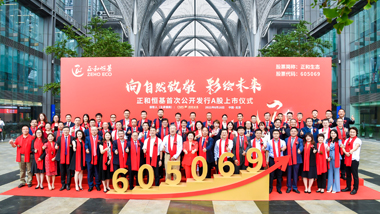
With 27 years of experience in the ecological environment field, ZEHO ECO upholds the concept of sustainable development as its core and is guided by Nature-based Solutions.
Learn more >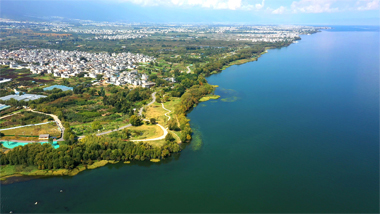
We dived deep into the eco-environment industry and built up a service system covering the whole industry chain of design, build, intelligence, investment, and operation.
Learn more >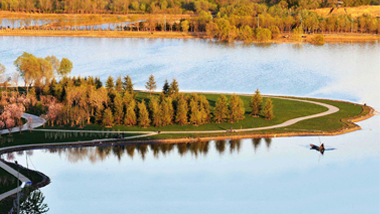

We stimulate the vitality of organizations and individuals through professional training system and career development path, and help employees and enterprises grow together.
Learn more >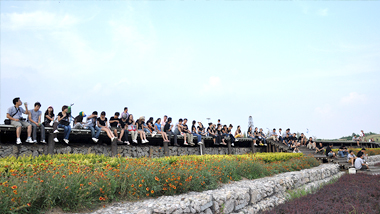
If you have any questions about our business, products, technologies and cooperation, please contact us through the following channels.
Learn more >
On July 31, the State Council issued the "Five-Year Action Plan for Deeply Implementing the People-Centered New Urbanization Strategy". The Action Plan proposes to "implement urban renewal and resilience enhancement actions" and requires "strengthening urban flood control and implementing urban lifeline safety projects," setting higher standards for enhancing urban disaster prevention capabilities. Subsequently, on August 3, the State Council issued the "Opinions on Promoting High-Quality Development of Service Consumption," which provides direction for the high-quality development of service consumption. The Opinions propose to "stimulate improved consumption vitality in culture, entertainment, tourism, sports, education and training, and residential services." Under the guidance of the Opinions, the potential for service consumption will be further unleashed, benefiting the high-quality development of the cultural and tourism market.
Recently, ZEHO ECO launched the "Urban Public Waterfront Living Room" product. In an exclusive interview, Chief Designer Mr. Stephen Fairhurst and Vice President and Director of the Design Institute Mr. Li Baojun stated that the company will fully leverage its core competitiveness in planning and design. The product aims to transform ecological water conservancy facilities into spaces of ecological, economic, and multiple values, making urban waterfront areas important spaces for citizens' leisure and entertainment, environmental quality improvement, economic development, and showcasing urban charm.
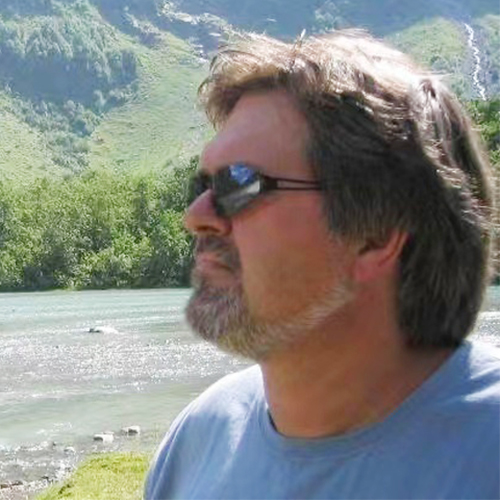
ZEHO ECO Chief Designer Stephen Fairhurst
Stephen Fairhurst, a planner and landscape designer from the UK and Finland, has worked with internationally renowned design firms such as Scott Wilson in the UK and AECOM in the US. He has participated in and led well-known domestic landscape projects such as the Liangma River International Style Waterfront and the Tianjin Haihe River Landscape. Fairhurst has also been commissioned as a designer in 38 countries across four continents, with significant projects in London, Helsinki, Dubai, Bahrain, Taipei, Kaohsiung, Seoul, Hong Kong, and Shanghai.
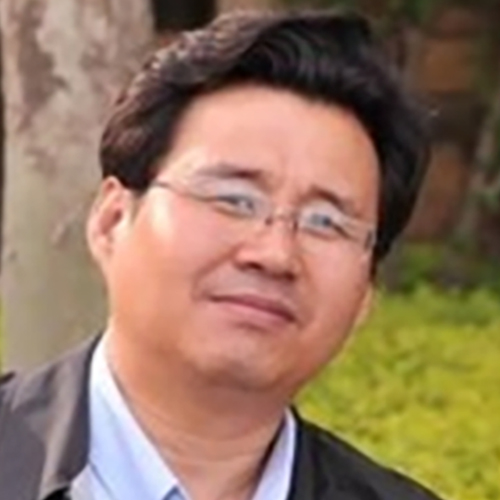
ZEHO ECO Vice President and Director of the Design Institute Li Baojun
Li Baojun, a senior environmental engineer, registered cost engineer, and registered consulting engineer, has worked with international design firms such as Scott Wilson in the UK, Earth Tech Water Engineering Company in the US, URS in the US, and AECOM in the US. He has over 30 years of senior experience in the field of ecological environment.
Q1: ZEHO ECO recently released the "Urban Public Waterfront Living Room" product. What is the background and strategic significance of this product?
Stephen Fairhurst: The product's background includes the rise of domestic tourism in China, especially when combined with necessary environmental improvements in city centers. Additionally, riverbanks play a crucial role in providing commercial opportunities for local economic development. Equally important, climate change has highlighted the need for water security in urban areas, making river management vital. The economic value realization of urban renewal and ecological restoration also requires a channel to achieve optimal economic benefits. This comprehensive background includes:
Environmental and hydrological improvements
Upgrading urban leisure tourism
Commercial and economic development
Li Baojun: Using water as a link, we create a composite, three-dimensional, multi-dimensional, and integrated urban water space by opening interfaces, multi-dimensional connections, vertical flow, and horizontal natural infiltration. This is the logic and initial intention behind ZEHO ECO's "Urban Public Waterfront Living Room" product. The product includes three elements: day and night water tours and performance sightseeing, waterfront ecological water conservancy infrastructure, and commercial service functions on both sides, aiming to achieve the following three dimensions of waterfront development quality upgrades:
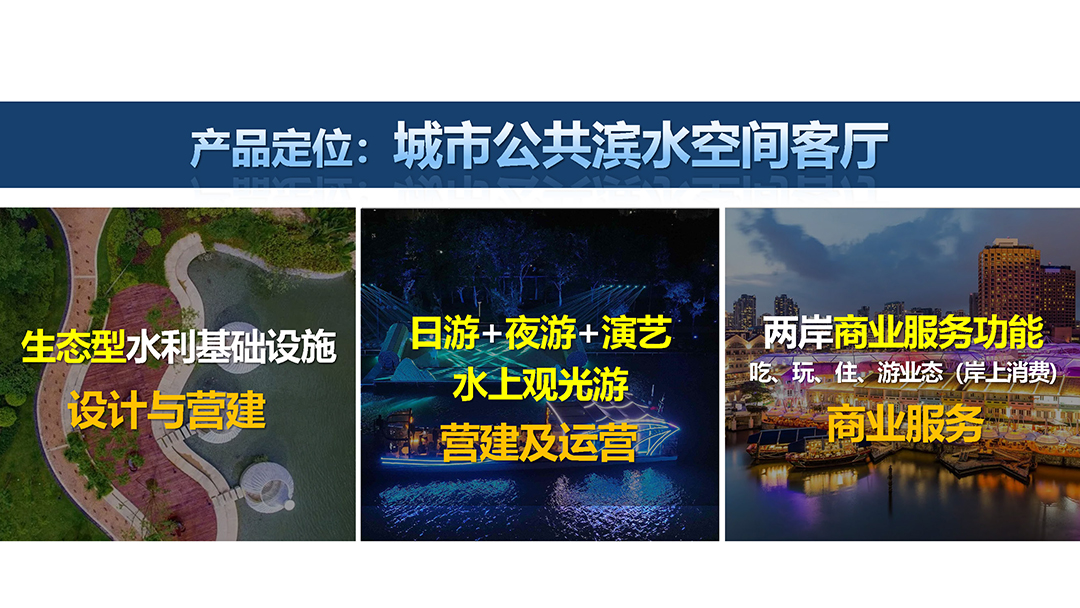
Ecological dimension: Utilizing water's natural properties of flow and infiltration, encouraging natural succession, and adopting nature-based solutions (NbS) to create a resilient waterfront space that is healthy, vibrant, natural, closer to, and more suitable for community habitats.
Productive dimension: Softening boundaries, natural infiltration, activating waterfront commercial space, further stimulating both sides with immersive water tours, leveraging the night economy, guiding urban renewal on both sides, and establishing a "waterfront+" linkage development model.
Living dimension: Reviving ancient and modern cultures, organizing local cultural contexts, telling the "story" of the waterfront, highlighting the "taste" of the city, people-oriented, sensing the "temperature" of the city, and returning to the everyday life of the people.
Water management has undergone several stages, including source control and pollution interception, five-water co-governance, beautiful rivers and lakes, and happy rivers and lakes, continuously upgrading. Watering the city, stitching growth, and integrating city and water development is the inevitable path under the new situation.
Q2: Considering the current stage of urban development in China, what deficiencies or challenges do you think still exist in the construction of urban waterfront spaces? What is the implementation path for the "Urban Public Waterfront Living Room" product?
Stephen Fairhurst: Many first-tier cities in China are making significant efforts to improve their waterfront centers. There are many good examples, with Beijing's Liangma River being the latest and perhaps the most well-known recently. However, many cities have different, interconnected river and canal systems. People realize that systematic redevelopment can provide enormous opportunities for developing urban ecological networks and laying the foundation for recreational networks such as greenways while bringing new vitality to commercial development on both sides. Many cities, such as Chengdu, Chongqing, Shanghai, and Shenzhen, have already begun this development model. However, from the perspective of economic opportunities and commercial enhancement, it requires coordinated cooperation to make this work deeper and more sustainable. Each city has its characteristics, so the concept of urban waterfront space construction must be diversified to meet actual needs and address various challenges.
Li Baojun: Among these challenges, the first is awareness. How to view rivers as urban assets and promote the transformation of water conservancy facilities into ecological, economic, and multi-dimensional values is something we need to think about together.
Secondly, the goal is how to turn river construction from single water conservancy and landscape engineering into important spaces for urban cultural tourism and economic development, ultimately bringing rivers back to the lives of the people, which is also something we need to think about and strive for together.
Finally, in terms of work pace, multi-department coordination is needed to work together for consistent goals. Urban planning and development need to open up interfaces, such as relocating traditional important river traffic arteries to achieve seamless connections between commerce and rivers. The transformation from back-river to river-embracing development along Liangma River's commerce gives us many insights. Similarly, in river water conservancy and landscape construction, the exclusive green space within the river green line can be regarded as a shared open space for commercial areas on both sides, guiding multi-dimensional connections. Important boat docks can be developed into commercial activity centers and gravitational cores for gathering popularity, which requires optimizing blue line space constraints and conducting scientific evaluations such as flood assessments. The value of every river to the city and the public can be continuously discovered and extended. The superimposition of river water conservancy and ecology can make every river a place that leads low-carbon lifestyles, an outdoor nature education and interactive experience corridor for public awareness enhancement (CEPA), and an ecological system visible to the public, becoming an "open-air classroom" without walls. Germany's Phoenix Lake is a great example, where the blue classroom and waterfront sports and leisure are organically combined and complement each other.
By unifying awareness, goals, and work pace across multiple departments, we can achieve the organic integration of people, water, and the city through coordinated optimization, appropriate breakthroughs, gradual progress, and scientific evaluation. This is the implementation path proposed by ZEHO for building the "Urban Public Waterfront Living Room."
Q3: What are the core competitive advantages of ZEHO ECO's "Urban Public Waterfront Living Room" product in terms of operation, design, and construction?
Stephen Fairhurst: ZEHO ECO has the team competitiveness needed to coordinate and effectively provide innovative solutions in planning, design, operation, and implementation. Each project needs to consider both "ends" simultaneously. In other words, how will the project be operated and managed during construction? How do we achieve this goal during planning and design? For a long time, domestic development has rapidly progressed with a "construction-first, operation-second" approach. However, the demand for more refined economic development and urban planning is changing. ZEHO ECO has methods and a diverse team capable of addressing new challenges.
Li Baojun: ZEHO ECO's core competitiveness is reflected in multiple aspects:
Creative operation capability: Pre-positioning operation, reviewing industry and space from an operational perspective, accurately positioning market groups, functional formats, cultural contexts, product systems, and business models, strengthening product creativity, technology support, sustainability, and iterative upgrades in operation, transforming formats into scenes, and further into lifestyles, creating "hit" surprise points for each river with immersive experiences.
Innovative design capability: Focusing on nine elements of product design, combining operation, technology, and space design, conducting work in planning, landscape, ecology, water conservancy, architecture, and municipal fields, with international design masters leading the brainstorming and linking the elements; innovative, forward-looking, international concept expression, showcasing and leading, combined with rich local practical experience, activating urban blue-green resources and upgrading ecological water conservancy facilities into multifunctional space carriers.
Consumption formats and service development: Covering commercial service functions on both sides, meeting the comprehensive needs of citizens and tourists.
Waterfront space construction capability: Ensuring the construction of waterfront ecological systems and biodiversity protection based on natural solutions and ecological construction methods.
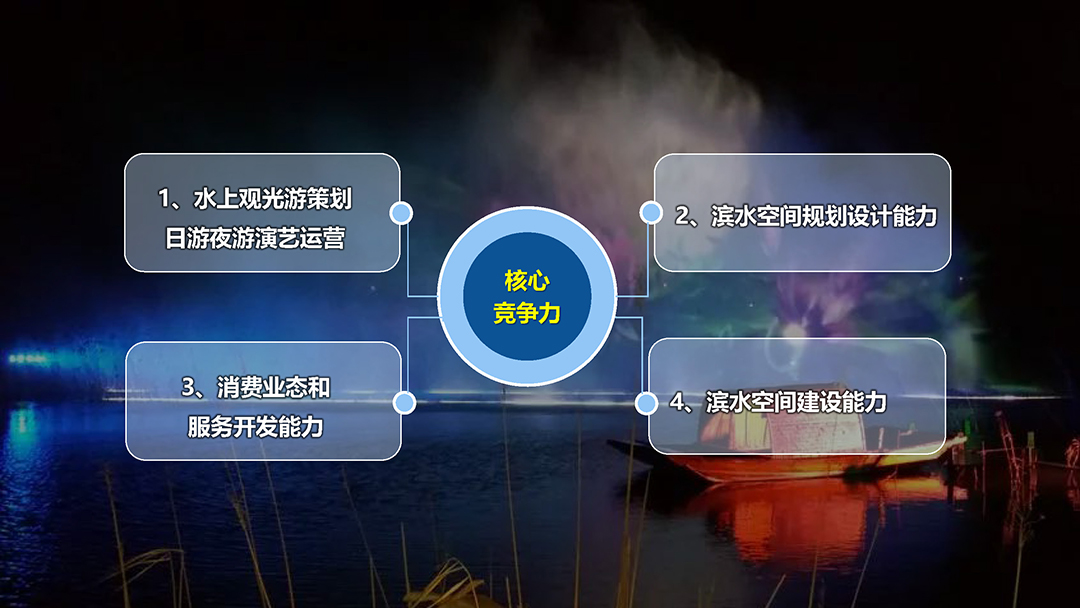
In the planning and design stages of waterfront spaces, ZEHO ECO has a combined team of multi-disciplinary international experts and local staff, carrying out work in phases around nine key elements to achieve sustainable technical results. The key points of each element can be summarized as follows:
Urban Space: Open interfaces, multi-dimensional links, city-water integration, activate waterfront space, maximize commercial value.
Transportation System: Slow-paced, scenic, and artistic waterfront transportation becomes part of the commercial vibrant space.
Commercial Buildings: Designed by international architectural masters, creating iconic riverside commercial landmarks.
Day and Night Tourism + Technology: AI interactive experience boats, AIGC holographic light shows with interactive scenes, creating market nodes and leisure service hubs at docks.
Culture: Local cultural context, waterfront “story” spaces, creating the primary stage for showcasing urban taste, warmth, and style.
Ecological Landscape: Led by international landscape masters, creating resilient waterfront spaces tailored to operational needs and Nature-based Solutions (NbS).
Water: Accessible, natural, biodiversity-friendly resilient waterfront, integrating urban commercial functions and natural growth.
Energy: Low-carbon buildings, low-carbon transportation, green service facilities, leading low-carbon lifestyle applications and interactive scenes along the waterfront.
Waste and Municipal Services: Resource recycling, tailored waterfront infrastructure, and municipal service systems for waterfront operations.
Q4: Regarding the prospects and opportunities for the construction of the capital's water network, what are the core competitive advantages of ZEHO ECO's "Urban Public Waterfront Living Room"? Can you provide examples from ZEHO ECO's latest layouts and initiatives in the urban waterfront space operation field?
Li Baojun: We have been closely monitoring and following the construction direction and progress of the capital's water network. The capital's water network integrates the characteristics of Beijing's river and lake systems with the layout of water infrastructure, balancing existing and new projects to form the overall pattern of "five veins, five lines, three rings, ten networks, five areas, and four reservoirs." This aims to meet flood control and drainage requirements in the core, central, and sub-central areas of the capital, while also beautifying the city and providing livable waterfront spaces and historical cultural inheritance functions. This aligns highly with ZEHO ECO's "Urban Public Waterfront Living Room" concept of city-water integrated development. By revitalizing the city's blue and green assets, focusing on people, and guided by sustainable operations, we continuously promote the multi-dimensional value transformation of ecological water conservancy facilities. Emphasizing technology, creativity, and international perspectives blended with local culture, we aim to achieve harmonious coexistence between humans and nature and lead a green, low-carbon lifestyle.
Since 2009, ZEHO ECO has been involved in the ecological landscape construction of the Grand Canal. Currently, we are responsible for the construction of the Xiyuhe flood detention area in Haidian District and providing preliminary technical support for the construction of the capital's water network in Tongzhou, Miyun, and Huairou. We actively promote the construction of ecological water conservancy infrastructure and efficient operation modes of waterfront spaces, contributing to the creation of harmonious and livable waterfront environments in the capital.
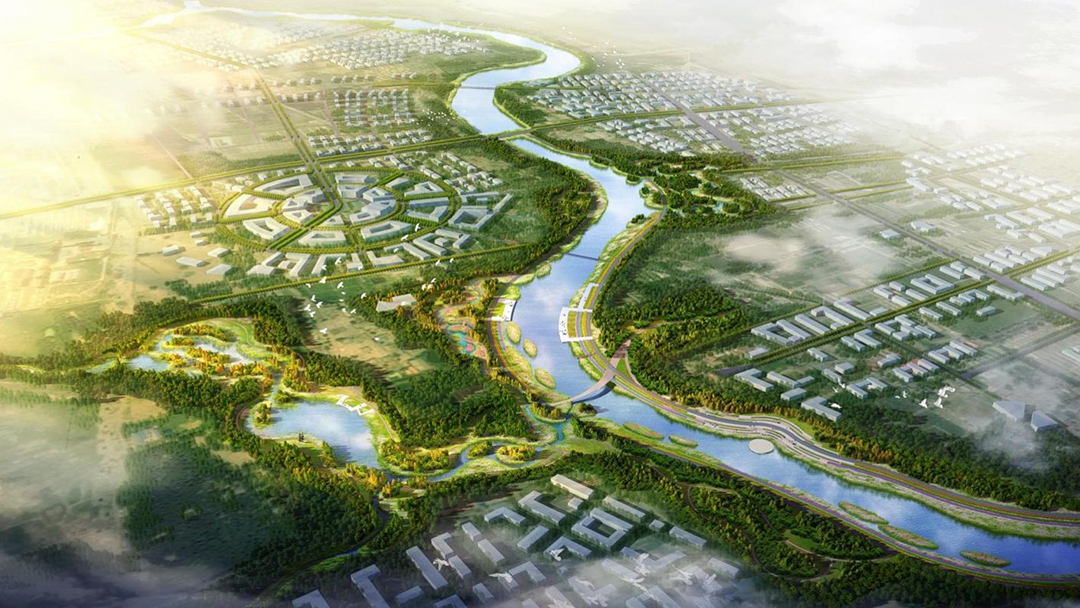
Beijing Haidian District Nansha River Black and Odorous Waterway Treatment and Water Environment Restoration Plan
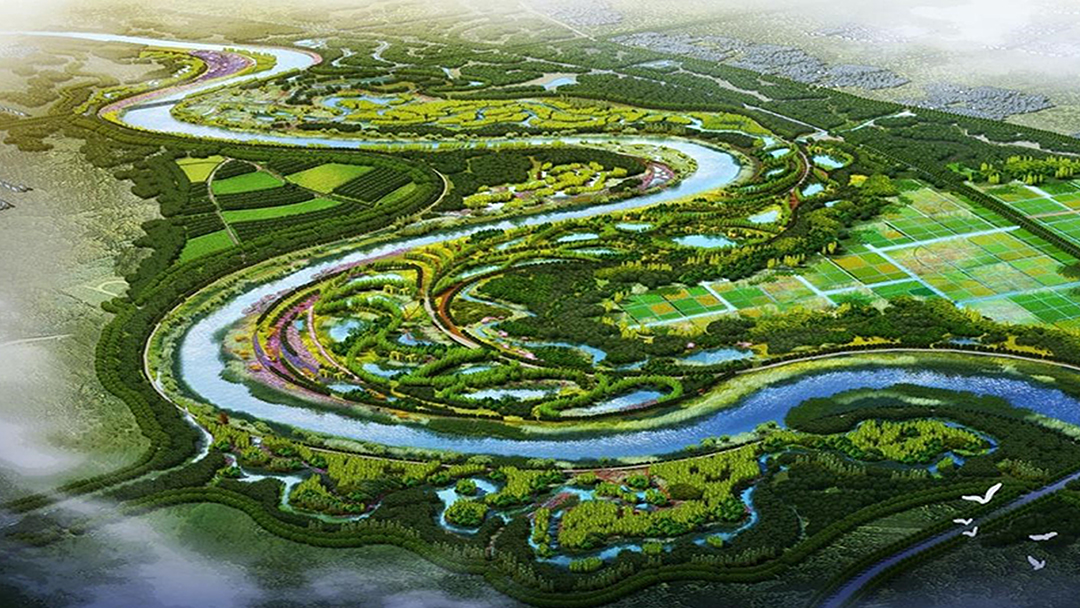
Beijing Tongzhou Yuyong Area Water Environment Comprehensive Treatment
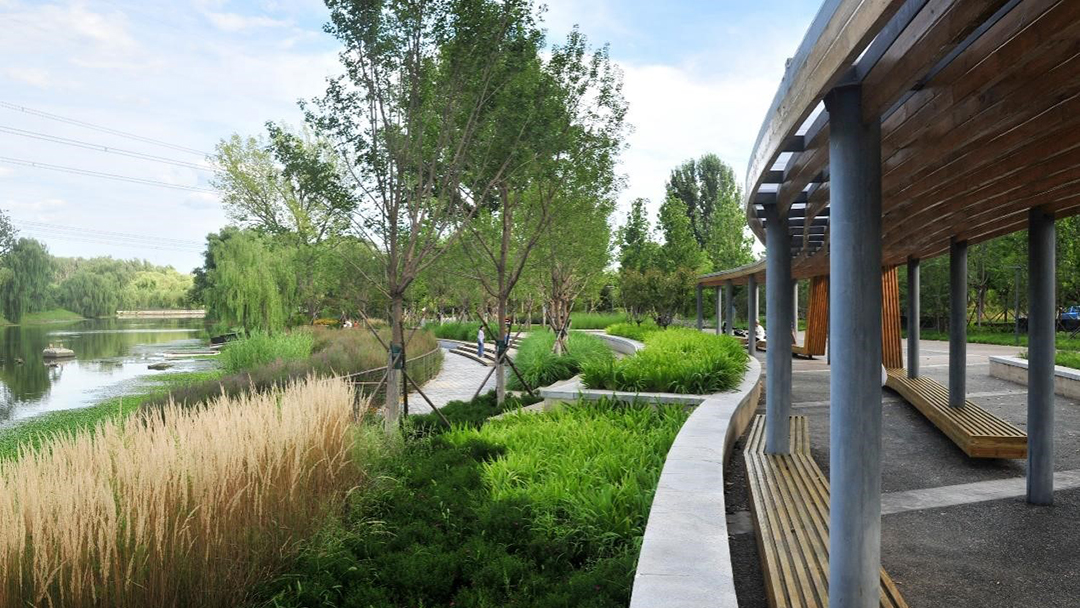
Beijing Tongzhou Grand Canal Water Dream Garden Wetland Park
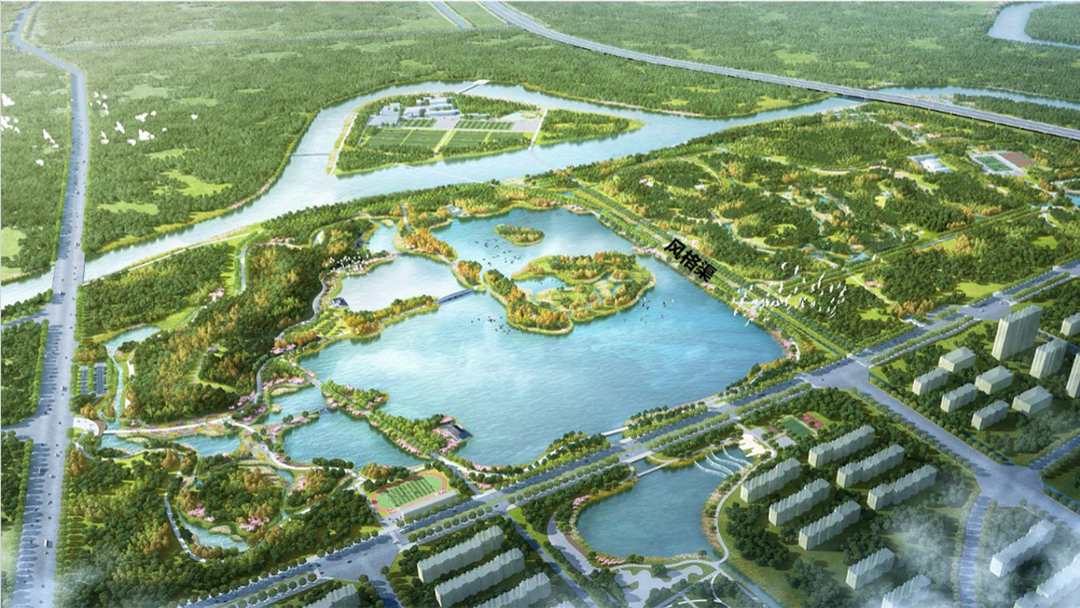
Beijing Haidian District Xiyuhe Flood Detention Area Construction
Additionally, the company will continue to deepen strategic cooperation with central enterprises and local leading state-owned enterprises such as CCCC Dredging and Beijing Jinhe Water Group. Through resource sharing and complementary advantages, we will jointly explore new paths for the sustainable development of waterfront spaces, achieving a win-win situation for corporate growth and social contribution.
Stephen Fairhurst: Recently, at a seminar in Tongzhou, people from various backgrounds and professions shared their ideas on how river tourism products can provide effective commercial profit models and creative/artistic creativity, and how cities can benefit from recreational resource potential. We are convinced that no one at the seminar had a single answer on how to achieve this. However, through collective collaboration, these ideas can be distilled into a clear direction and priorities identified. A gradual approach is needed, tightly integrating spatial planning with economic and creative artistic concepts.
The confluence of rivers in Tongzhou is unique not only in China but also internationally. The existing objective needs can be integrated and gradually developed into a system of tourism and leisure economic benefits. Of course, this cannot be at the expense of ecological diversity, but should consider long-term ecological value enhancement.
Li Baojun: ZEHO ECO sees the "Urban Public Waterfront Living Room" as a key force in promoting the transformation and upgrading of urban public spaces. With a diversified team, we are capable of participating in the construction of the capital’s water network. We will prioritize the implementation and operation of the product in key areas, gradually exploring and forming a replicable and promotable operation model.